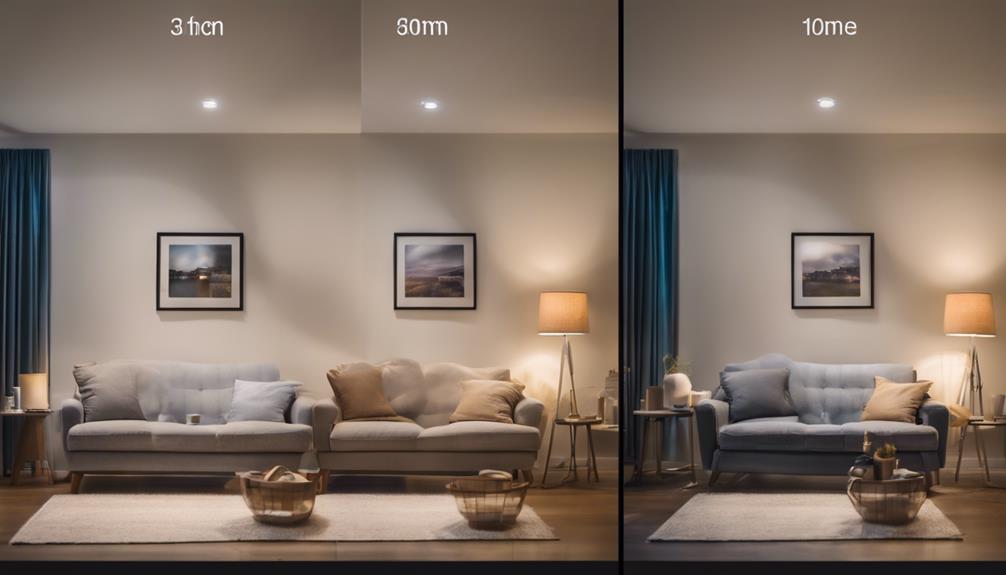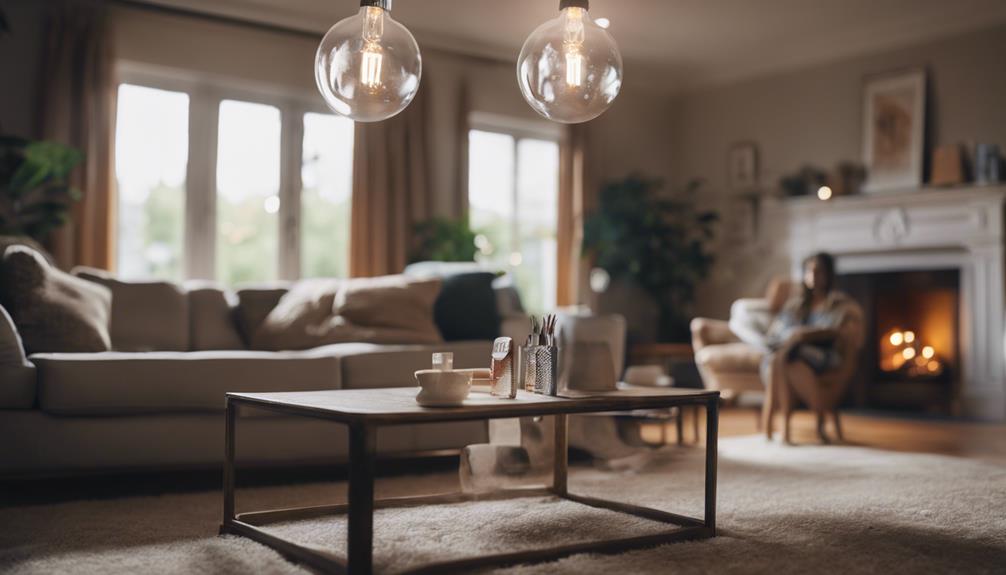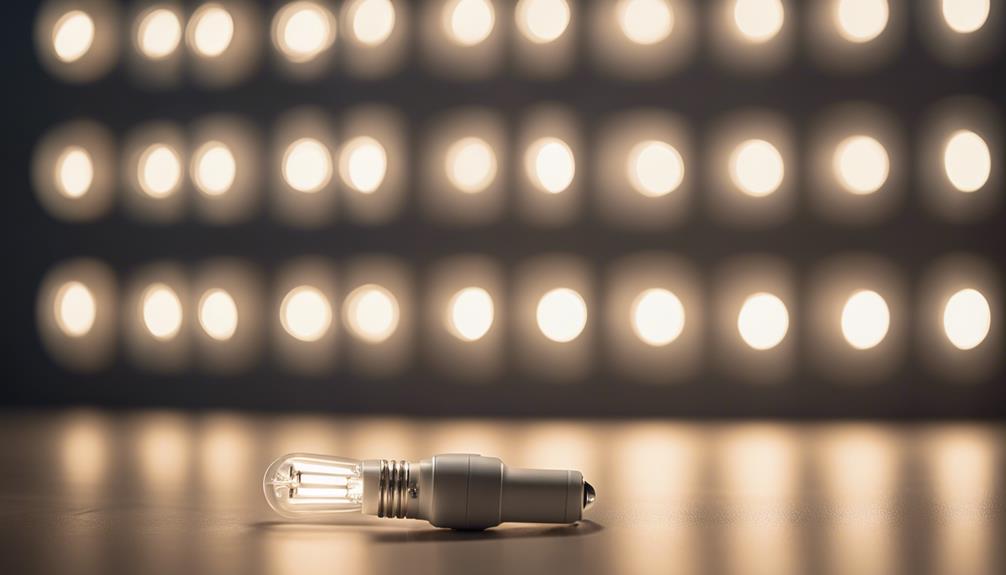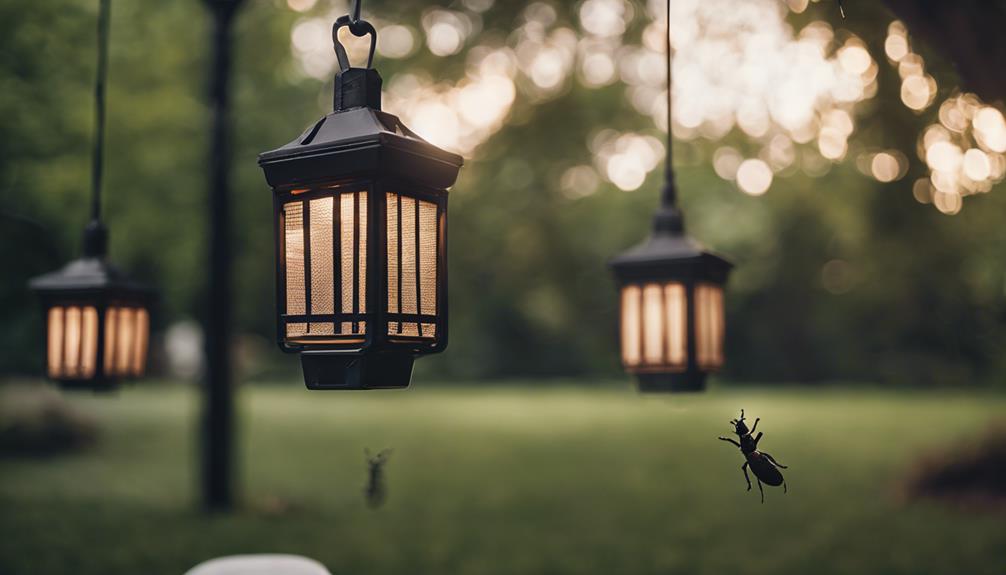When considering LED lights for your home, it’s important to take into account factors such as color temperature, brightness, bulb types, lumens, watts, and key features. The color temperature plays a significant role in the ambiance of a room, with soft white creating a warm atmosphere, bright white adding contrast, and daylight providing brightness. LED brightness is typically measured in lumens, which can be influenced by wattage; for areas where tasks are performed, it’s advisable to choose bulbs with higher lumens. LED bulbs are available in general, decorative, holiday, and specialty types, each serving specific purposes. Understanding lumens (brightness) and watts (energy consumption) can assist in selecting the most suitable bulbs for energy efficiency. LED lights are known for their durability and energy efficiency, offering instant lighting and superior dimming options compared to CFLs. To learn more about improving your home lighting for a better ambiance and efficiency, click here.
Key Takeaways
- Consider color temperature for ambiance
- Choose brightness based on space needs
- Select suitable LED bulb types
- Understand lumens for brightness
- Opt for energy-efficient features
LED Light Color Temperature Guide
When selecting LED lights for your home, understanding the color temperature guide is essential in setting the right ambiance and functionality in each room.
LED bulbs come in different color temperatures, with Soft White emitting a warm glow at around 2700-3000 K, perfect for creating a cozy and inviting atmosphere.
On the other hand, Bright White LED bulbs, with a color temperature of 3500-4100 K, offer enhanced color contrast, making them ideal for task-oriented spaces like kitchens or work areas where visibility is key.
For areas requiring maximum brightness and color accuracy, Daylight LED bulbs with a temperature of 5000-6500 K are the best choice. These bulbs are suitable for spaces where detailed tasks are performed, such as offices or craft rooms.
Selecting the right color temperature not only enhances visual comfort but also influences the mood and functionality of each room, creating an ambiance tailored to your needs.
Factors Influencing LED Brightness

To understand the factors influencing LED brightness, one must keep in mind that LED brightness is primarily measured in lumens, indicating the intensity of light emitted by the bulb. The level of brightness in LED bulbs is influenced by wattage, with higher wattage bulbs producing brighter light.
When selecting LED bulbs, it's important to take into account the desired brightness level for each room. Areas like task lighting or reading areas may require LED bulbs with higher lumens to provide adequate light. It's important to choose LED bulbs with appropriate wattage to guarantee ideal brightness in different fixtures and spaces.
Types of LED Light Bulbs

LED light bulbs come in various types tailored for different purposes, such as general lighting, decorative applications, holidays, specialty needs, and more. General purpose LED light bulbs are versatile, working with standard fixtures like lamps and ceiling lights to provide functional lighting for everyday use.
On the other hand, decorative LED light bulbs offer a range of design elements from classic to modern, often requiring specialized fixtures to enhance aesthetics. For holiday lighting, LED bulbs come in various forms, including string lights and decorations for different occasions, providing energy-efficient options to brighten up festivities.
Specialty LED bulbs cater to specific needs such as appliances or landscape lighting, offering tailored solutions for unique requirements. With options for both functional and decorative lighting, LED light bulbs can elevate the ambiance of any space, making them a versatile choice for various lighting needs.
Understanding Lumens and Watts

As one considers the various types of LED light bulbs for different purposes, understanding lumens and watts becomes crucial in selecting the right bulb for desired brightness levels. Lumens indicate the brightness of a bulb, with higher lumens equating to brighter light output.
On the other hand, watts measure the energy consumption of a bulb to produce that light, with LEDs being more energy-efficient. LED bulbs can provide high lumens output with low wattage consumption, making them energy-efficient choices for lighting.
By grasping the correlation between lumens and watts, individuals can choose the right LED bulb for specific rooms and purposes. This understanding promotes efficient lighting choices that meet the desired brightness levels while optimizing energy usage.
When determining the best LED light for your home, evaluating lumens and watts is essential to achieve the ideal balance between brightness and energy efficiency.
Features of LED Lights

With their energy efficiency and long lifespan, LED lights stand out as a superior lighting option for modern homes. LED lights are more energy-efficient and durable than traditional bulbs, lasting up to 50,000 hours. They provide instant lighting and better dimming solutions compared to CFL bulbs. For quality assurance, ENERGY STAR-certified LEDs come with a minimum three-year warranty.
When choosing LED lights, consider Lumens, which indicate the brightness level of the bulb. Higher lumens mean a brighter light output. Watts, on the other hand, indicate the energy consumption required to produce the desired light. This helps users select the right brightness level for their needs. By understanding these features of LED lights, consumers can make informed decisions when upgrading their home lighting systems.
Frequently Asked Questions
Which Type of LED Light Is Best for Home?
When looking for the best LED light for home use, consider factors like brightness, color temperature, and energy efficiency. Different types of LED lights cater to various needs, from general-purpose bulbs for everyday lighting to decorative options that add flair to a space.
Understanding the purpose of the lighting and the ambiance you want to create will help in selecting the most suitable LED light for your home.
What Is the Best LED Color for a House?
When considering LED colors for a house, the best choice depends on the intended use of the space and desired ambiance. Soft White LEDs (2700-3000 K) create a warm, inviting atmosphere, ideal for living rooms and bedrooms.
Bright White LEDs enhance color contrast, suitable for kitchens and work areas.
Daylight LEDs (5000 K and above) offer accurate color representation, perfect for places where color clarity is essential, such as art studios or offices.
What Are the Three Types of LED Lights?
LED lights come in three main types: general purpose bulbs for standard fixtures, decorative bulbs for specialized fixtures, and holiday bulbs for festive decorations. Each type serves specific lighting needs.
General purpose LED bulbs, like A-Style, Reflector, and Globe shapes, offer functional lighting.
Decorative LED bulbs, such as Candle, Edison, and Spot/Flood shapes, add design elements.
Holiday LED bulbs provide energy-efficient options in various colors and designs for special occasions.
Which Type of LED Is Better?
When considering which type of LED light is better, it ultimately depends on the specific needs and preferences of the user. General purpose LED bulbs are versatile and suitable for most standard fixtures, while decorative LED bulbs add aesthetic appeal to spaces.
Specialty LED bulbs cater to specific requirements such as appliances or landscape lighting. Each type offers unique benefits, so the best choice will vary based on the intended use and desired lighting outcome.
Conclusion
To sum up, when selecting the best LED light for your home, consider factors such as:
- Color temperature
- Brightness
- Bulb type
- Lumens
- Watts
Did you know that on average, LED lights use 75% less energy than traditional incandescent bulbs? This not only helps reduce your electricity bill but also contributes to a more sustainable environment.
Make an informed decision based on these factors to create the perfect lighting ambiance for your living space.





